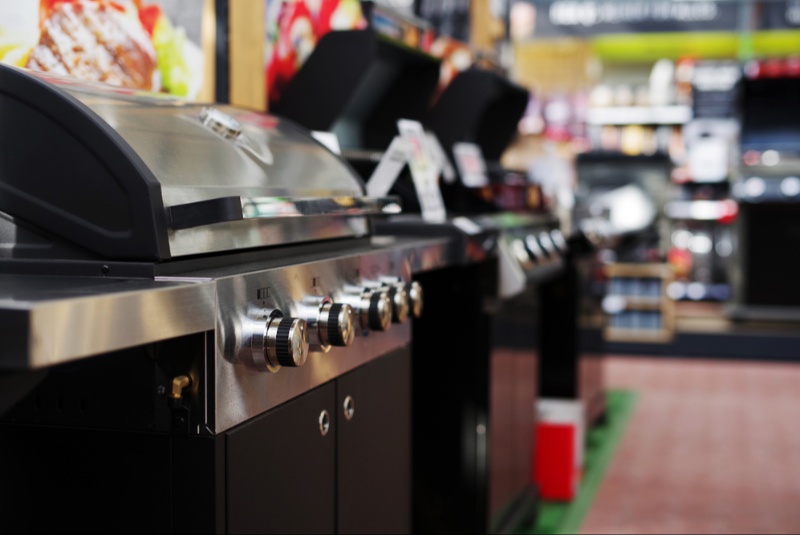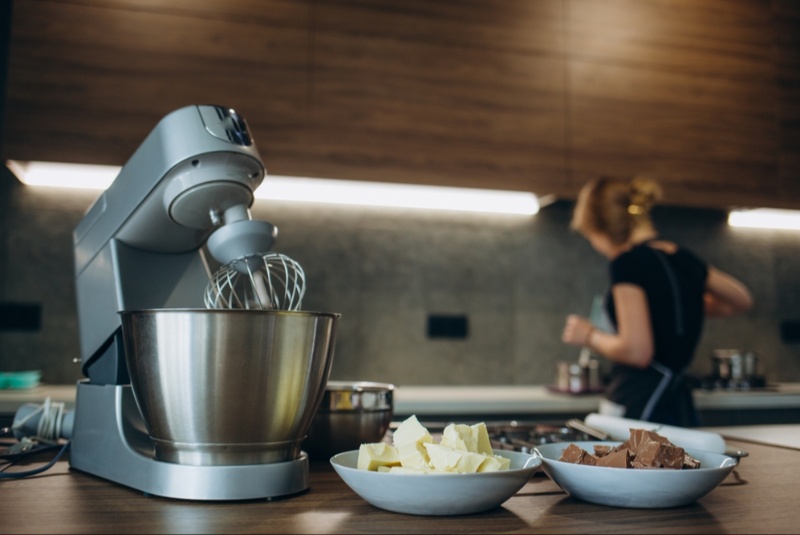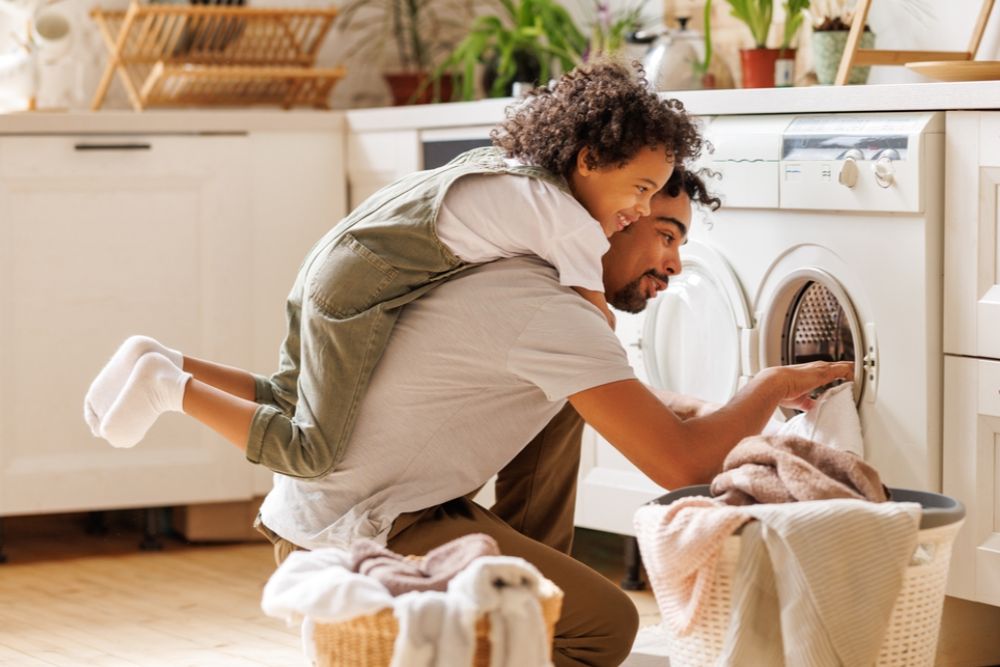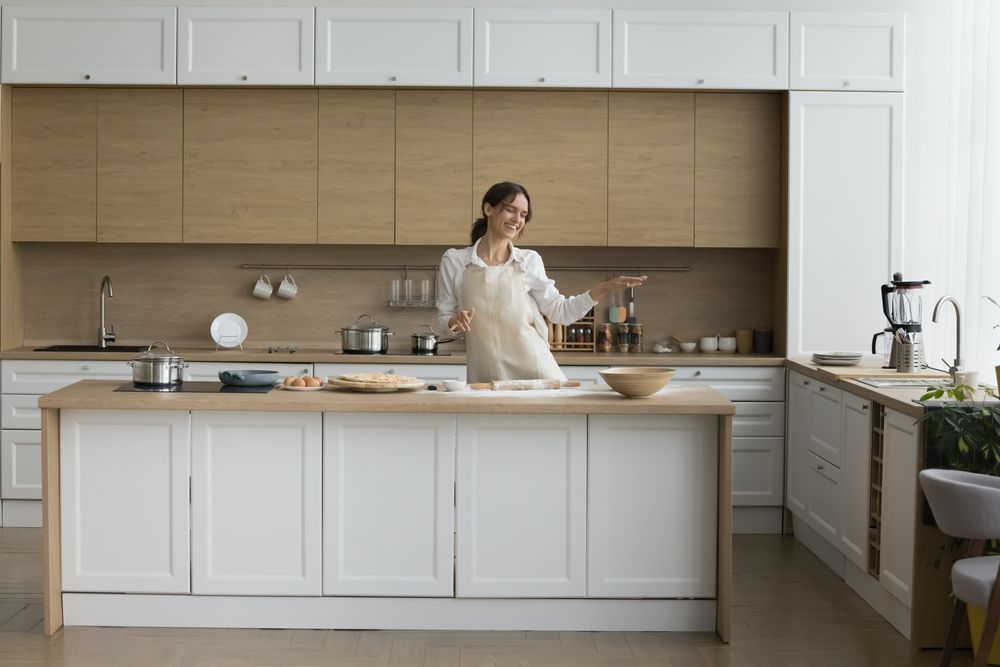Outdoor patio heaters are a fantastic way to extend the usability of your outdoor space into the cooler months. Whether you're hosting a backyard gathering or enjoying a quiet evening outside, a quality patio heater can provide the necessary warmth and comfort. This guide will help you make an informed decision on choosing the best patio heater for your needs.
Understanding Different Types of Patio Heaters
Patio heaters come in various types, each suited to different needs and spaces. The most common types are freestanding, tabletop, wall-mounted, and hanging heaters. Freestanding heaters are versatile and powerful, tabletop heaters are convenient for smaller spaces, and wall-mounted or hanging heaters are great for areas with limited floor space.
Considering Heat Source Options
Patio heaters are generally powered by electricity, natural gas, or propane. Electric heaters are convenient and environmentally friendly, natural gas heaters are cost-effective for regular use, and propane heaters are portable and provide strong heat output. Your choice will depend on your access to power sources and heating needs.
Evaluating Heating Power and Efficiency
The heating power of a patio heater is measured in BTUs (British Thermal Units) or watts. A higher BTU or wattage indicates more heating power, which is necessary for larger spaces. However, efficiency is also important. Look for heaters with features like adjustable heat settings or infrared technology, which provide efficient and direct heat.
Safety Features and Certifications
Safety should be a top priority when selecting a patio heater. Look for models with safety certifications and features like automatic shut-off, tilt-over protection, and cool-touch surfaces. Ensure the heater is suitable for outdoor use and follows local safety regulations.
Design and Aesthetics
Patio heaters are not just functional but can also be a stylish addition to your outdoor decor. Consider the design and aesthetics of the heater and how it will fit with your patio's theme. From sleek and modern to rustic and traditional, there is a wide range of designs available.
Durability and Weather Resistance
Outdoor patio heaters should be durable and able to withstand various weather conditions. Look for heaters made with weather-resistant materials like stainless steel or powder-coated metals. Additionally, consider whether you'll need a cover to protect the heater when it's not in use.
Size and Space Considerations
The size of the patio heater should be proportional to the space you want to heat. Freestanding heaters are ideal for larger areas, while tabletop or wall-mounted models are better for smaller patios or balconies. Ensure there is adequate space for safe operation, considering the heater's clearance requirements.
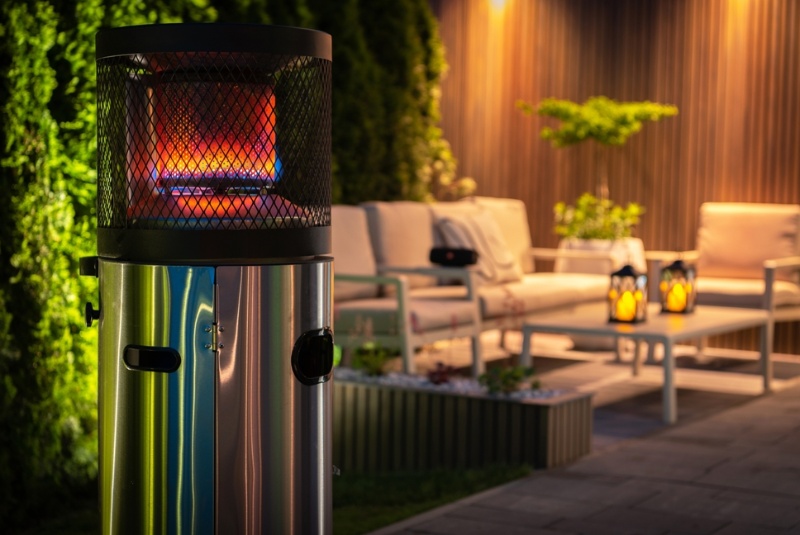
Ease of Use and Maintenance
Consider how easy the patio heater is to operate and maintain. Features like electronic ignition, adjustable heat controls, and easy-access fuel tanks can make the heater more user-friendly. Also, consider the long-term maintenance requirements to keep the heater in good working condition.
Portability and Storage
If you need to move the heater regularly or store it during off-seasons, portability is an important factor. Freestanding propane heaters often have wheels for easy movement, while electric models are generally lighter and more portable. Storage requirements should also be considered, especially for larger freestanding models.
Balancing Cost with Quality
Patio heaters range in price from affordable to high-end. While budget is an important consideration, balancing cost with quality is crucial. Investing in a higher-quality heater can provide better efficiency, durability, and safety, offering better value in the long run.
Reading Reviews and Seeking Recommendations
Before making a purchase, read customer reviews and seek recommendations from others who have bought patio heaters. Reviews can provide real-world insights into a heater's performance, durability, and ease of use. Look for consistent patterns in reviews to gauge the reliability of different models.
Integrating Patio Heaters with Outdoor Design and Functionality
When selecting a patio heater, it's important to consider how it will integrate with your existing outdoor design and functionality. The heater should complement the aesthetics of your outdoor furniture, landscaping, and overall theme. For a cohesive look, match the heater’s style and color with your outdoor décor. Additionally, think about the functionality of your outdoor space. If you frequently host gatherings, a powerful freestanding or multiple tabletop heaters may be ideal. For more intimate settings, a single, well-placed heater might suffice. The goal is to create a warm and inviting atmosphere that enhances the overall experience of your outdoor living area.
Evaluating Warranty and Customer Support
Check the warranty and customer support options offered by the manufacturer. A good warranty can provide peace of mind and protection against defects. Reliable customer support is also important for addressing any issues or questions you may have after purchase.
Considering Environmental Impact
For eco-conscious buyers, consider the environmental impact of the patio heater. Electric heaters are generally more environmentally friendly than gas heaters, but if you choose a gas heater, look for models with lower emissions. Energy-efficient heaters not only reduce environmental impact but can also save on operating costs.
Choosing a quality outdoor patio heater involves considering factors like type, heat source, heating power, safety, design, durability, size, ease of use, portability, cost, and environmental impact. By thoroughly evaluating these aspects and conducting proper research, you can find a patio heater that not only provides warmth but also enhances the ambiance of your outdoor space.

